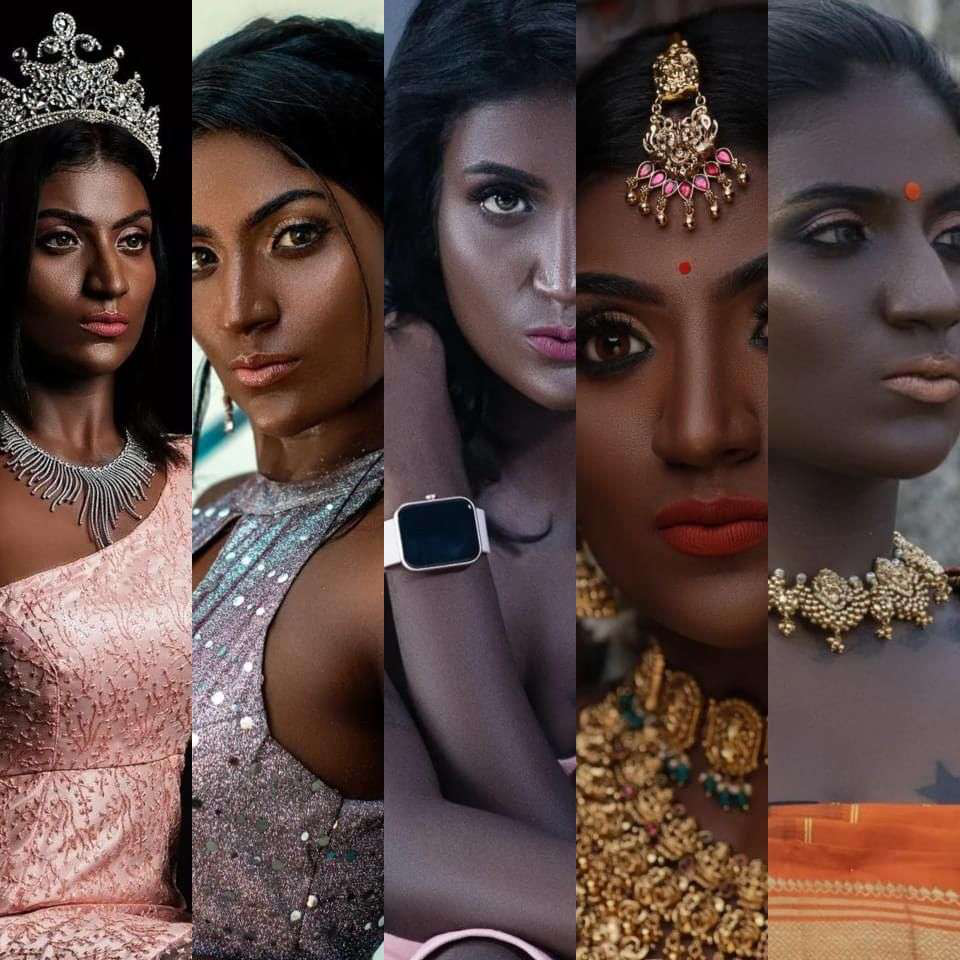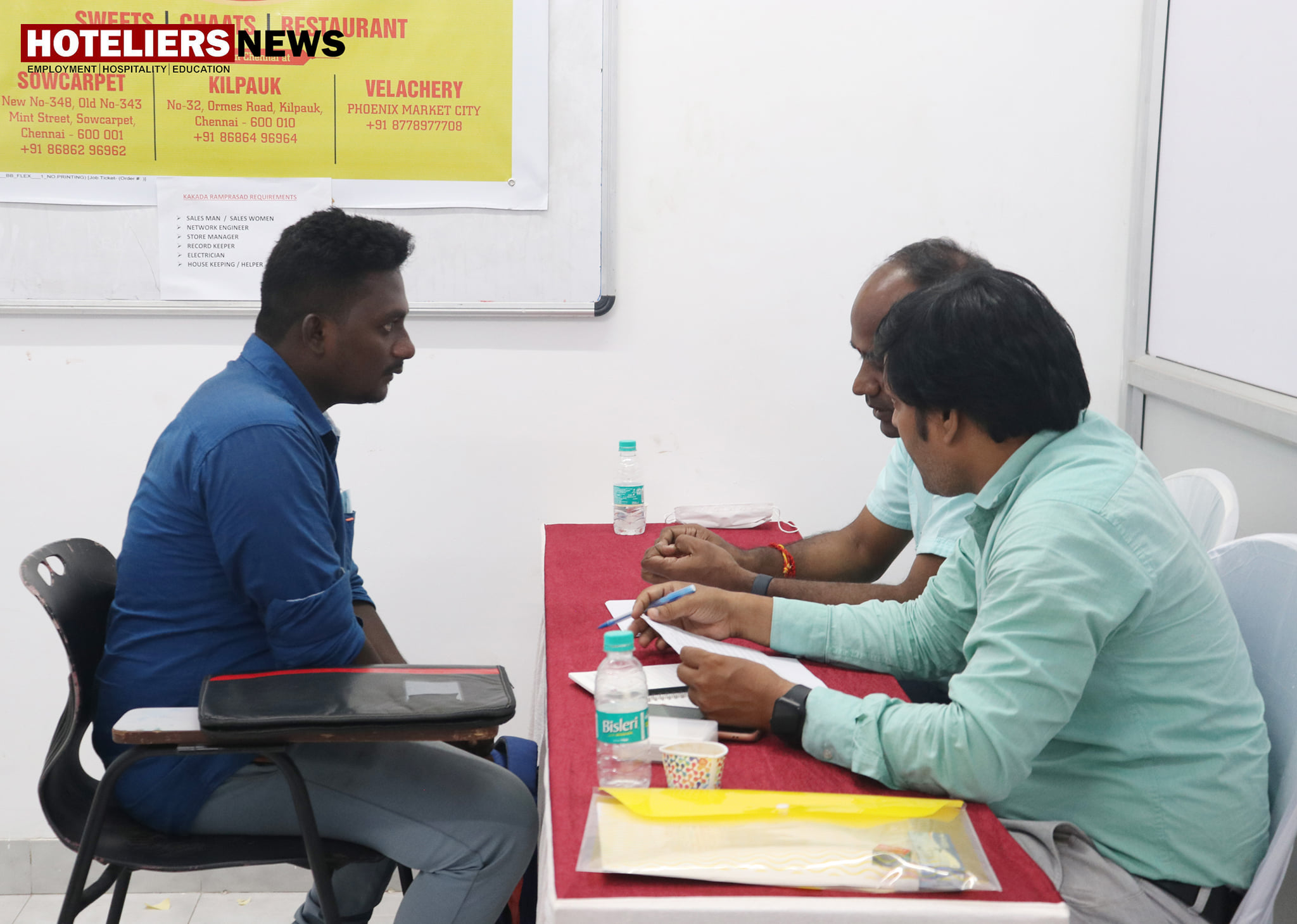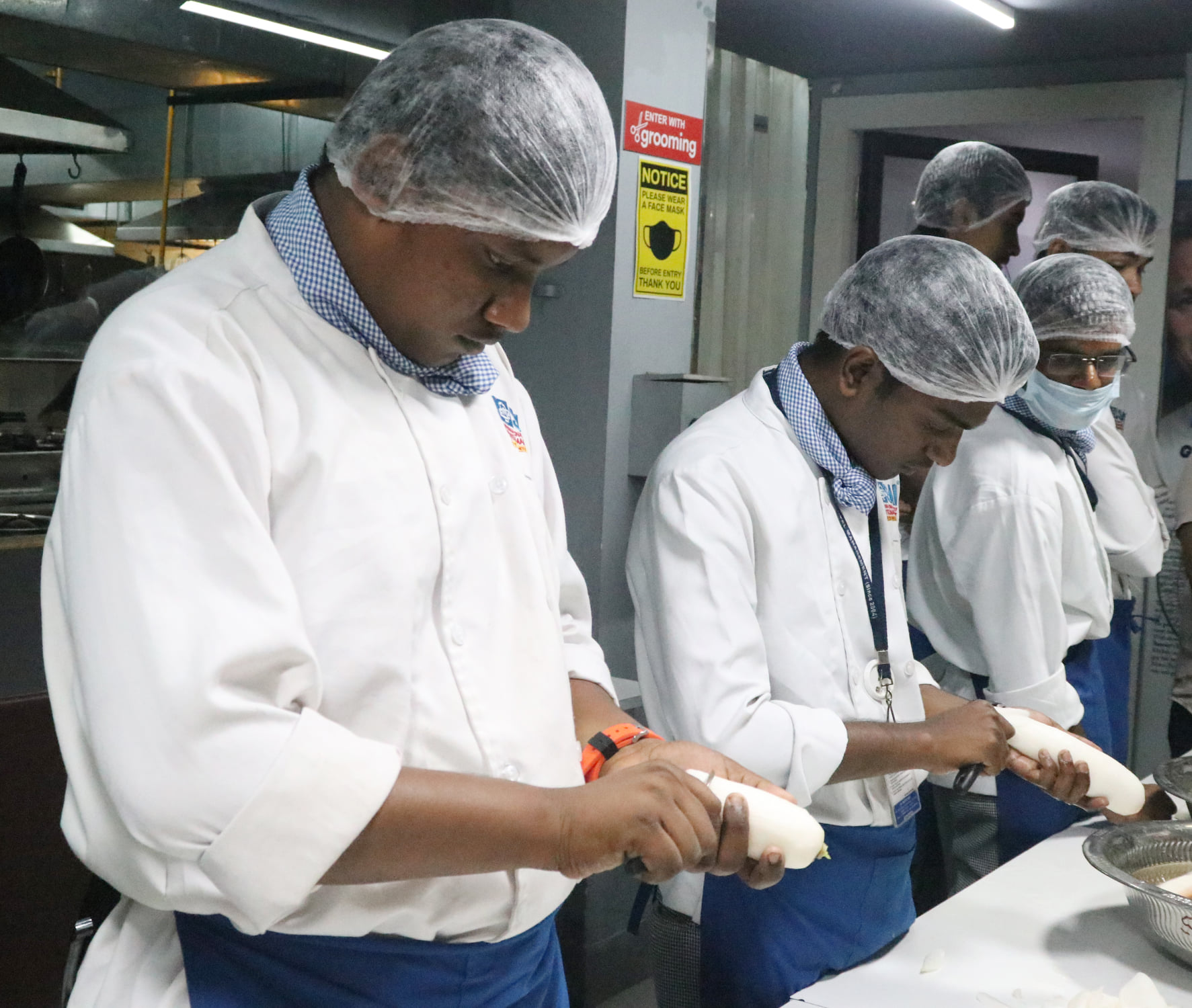
From Discrimination to Empowerment: The Journey of Black Models in Fashion
From Discrimination to Empowerment: The Journey of Black Models in Fashion
For generations, the fashion industry has been plagued by a lack of diversity and inclusivity. Black models have faced discrimination, underrepresentation, and stereotyping on the runway. But in recent years, we’ve seen a shift towards empowerment as more black models are breaking barriers and making their mark in fashion history. In this blog post, we’ll take a closer look at the journey of black models in fashion – from overcoming systemic prejudice to inspiring change and paving the way for future generations. Get ready to be inspired by some incredible stories of resilience, determination, and triumph!
Introduction: Exploring the History of Racism in the Fashion Industry
Racism in the fashion industry is a long-standing problem that has only recently begun to be addressed. While the industry has made some strides towards inclusion, there is still a long way to go.
Black models have been discriminated against for decades, often being relegated to lower-tier shows and campaigns or being passed over altogether in favor of white models. This began to change in the late 1990s and early 2000s, as a new generation of black models began to emerge.
These models were not only talented and beautiful, but they also had strong voices that demanded to be heard. They spoke out about the racism they faced in the industry and called for change. Slowly but surely, things began to shift.
Today, black models are more visible than ever before. They are gracing the covers of major magazines, walking in top fashion shows, and fronting major advertising campaigns. While there is still progress to be made, black models are finally beginning to get the recognition they deserve.
How Discrimination Affected Black Models
In the past, black models were largely excluded from the fashion industry. This was due to both overt discrimination and the lack of opportunities for black models to be featured in magazines, advertisements, and runway shows. As a result, black models were often relegated to lower-paying modeling gigs or were forced to work in separate agencies that catered exclusively to black talent.
However, times have changed and black models are now enjoying greater visibility and inclusion in the fashion industry. In recent years, a number of high-profile designers have featured black models in their collections and campaigns. This increased visibility has led to more opportunities for black models to land major contracts and earn top dollar.
Despite these advances, there is still room for improvement when it comes to the representation of black models in fashion. While they are no longer discriminated against as openly as they once were, there is still a lack of diversity among top modeling agencies and casting directors. Additionally, many black models still struggle to find work that pays as well as their white counterparts.
However, things are slowly improving and there is reason to hope that the fashion industry will become even more inclusive in the future. With more designers embracing diversity on the runway and in their ad campaigns, it is only a matter of time before black models become true equals in the fashion world.
The Evolution of the Black Model: From Exclusion to Empowerment
In the early days of the fashion industry, Black models were practically nonexistent. If they did appear in editorials or advertisements, it was usually in a negative light or as an afterthought. This began to change in the late 1960s when fashion icons like Twiggy and Jean Shrimpton started incorporating Black models into their shoots. Although there was still a long way to go, this marked an important shift in the industry’s attitude towards Black beauty.
The 1970s saw even more progress with the rise of Black supermodels like Beverly Johnson, Donyale Luna, and Iman. These women helped to redefine what it meant to be a model and proved that Black women could be just as successful as their white counterparts. The 1980s and 1990s saw even more diversity on the runway with the emergence of iconic black models like Naomi Campbell, Tyra Banks, and Veronica Webb.
Today, black models are finally being embraced by the fashion industry as a whole. More and more designers are featuring them in their shows and campaigns, and they are slowly but surely becoming household names. This is a far cry from where we were just a few decades ago, and it is thanks to the hard work and dedication of those who came before us that we are able to enjoy this level of success today.
Challenges Still Faced by Black Models Today
Despite the progress that has been made in recent years, black models still face many challenges in the fashion industry. One of the most significant challenges is the lack of diversity in fashion advertising and editorials. While black models are becoming more visible on the runway, they are still vastly underrepresented in mainstream media. This lack of visibility can make it difficult for black models to get booked for jobs and to build a strong portfolio.
In addition, black models often have to contend with racial stereotypes and prejudices. They may be told that they are “too dark” or “too ghetto” for certain jobs. And even when they do land a job, they may find that they are being used as props or token minorities rather than being treated as serious talent.
The good news is that there are a growing number of black-owned modeling agencies, magazines, and other platforms that are championing the inclusion of black models. These initiatives are helping to create opportunities for black models and to change the way they are seen in the fashion industry. With continued effort and progress, hopefully someday all models will be able to enjoy equal opportunities regardless of their skin color or ethnicity.
Organizations and Initiatives Working to Promote Diversity in Fashion
In recent years, there has been a growing movement to promote diversity in fashion. This is in response to the long-standing problem of discrimination against black models and other minorities in the fashion industry. While the situation has improved somewhat in recent years, there is still a long way to go.
There are a number of organizations and initiatives working to promote diversity in fashion. One such organization is the Black Fashion Museum, which is dedicated to preserving and promoting the history and contributions of black designers, models, and other industry professionals. Another initiative is the #BlackOutDay campaign, which encourages people to wear all black to show solidarity with black people who have been discriminated against in the fashion industry.
There are also a number of individual black models who are speaking out about the need for greater diversity in fashion. One such model is Jourdan Dunn, who has spoken about the lack of opportunities for black models in the fashion industry. She has also started her own modeling agency, Londunn Collective, which is dedicated to representing a more diverse range of models.
By raising awareness of the need for diversity in fashion, these organizations and individuals are helping to create positive change within an industry that has long been dominated by white people.
How Consumers Can Show Support for Black Models
As the fashion industry becomes more inclusive, it’s important to support black models and other models of color. There are a few ways consumers can show their support.
One way is to buy from brands that use black models in their advertising and campaigns. This helps to send a message that black models are in demand and appreciated. Another way to support black models is to follow them on social media and engage with their content. This helps to create a more diverse platform for black voices in the fashion industry.
Consumers can also show support by attending shows and events featuring black models. This helps to create visibility for black talent in the fashion industry. By supporting black models, we can help create a more inclusive fashion industry that celebrates all types of beauty.
Conclusion
The journey of black models in fashion has been a long one, filled with struggles and discrimination that have only recently begun to be addressed. While there is still progress to be made, it’s encouraging to see more and more recognition for the beauty and talent of black models. We hope this article inspires you to continue pushing for representation in the fashion industry so that everyone can feel represented and empowered.
Add Comment
You must be logged in to post a comment.




